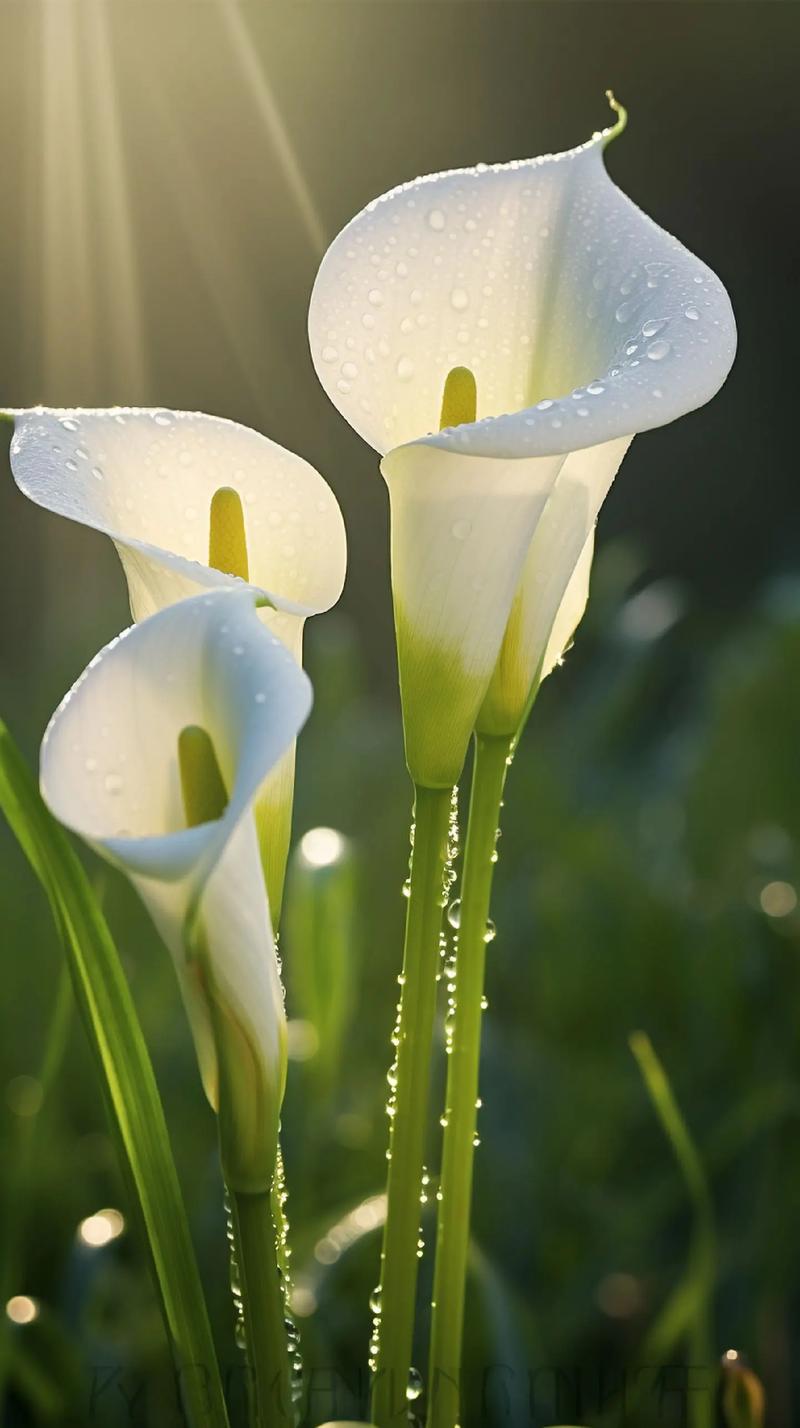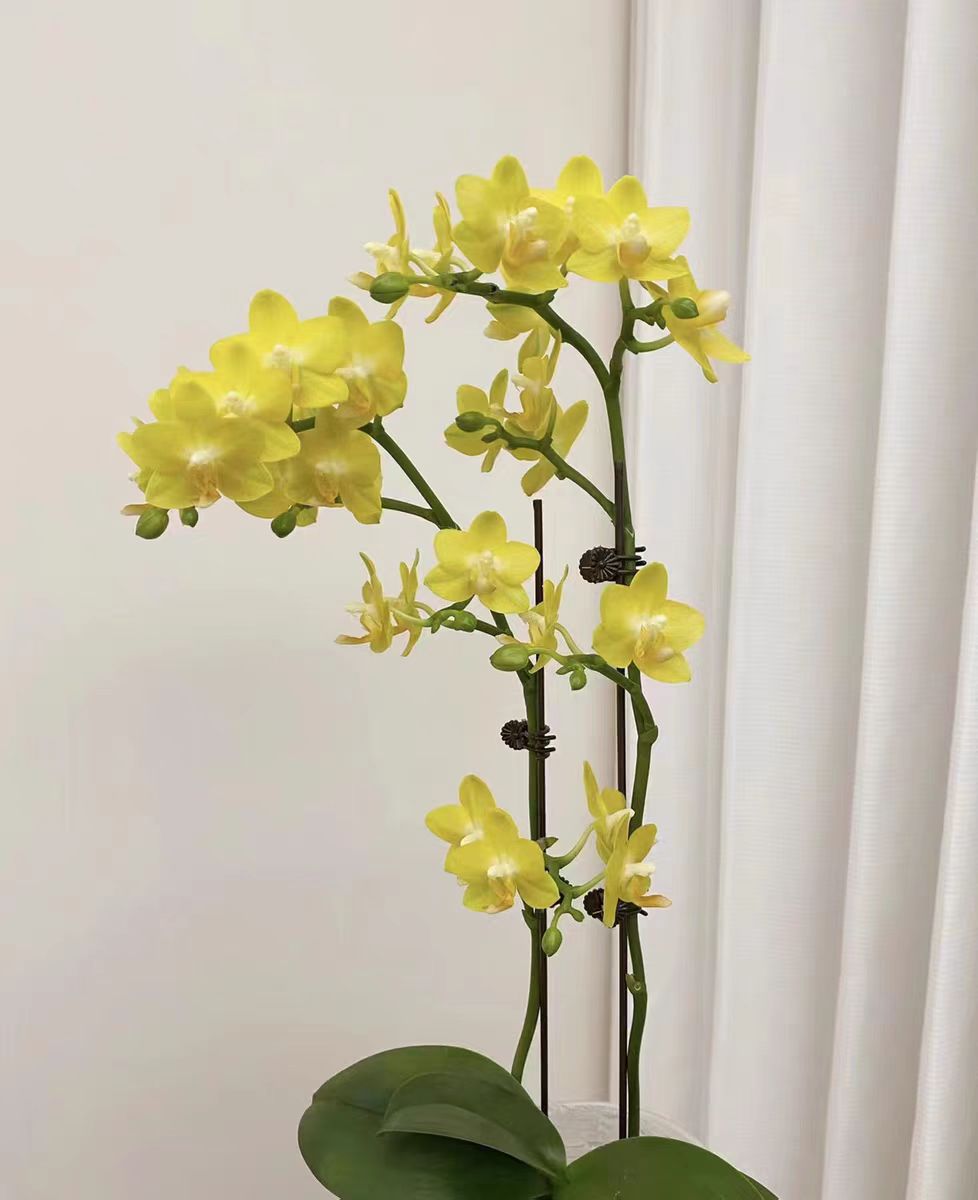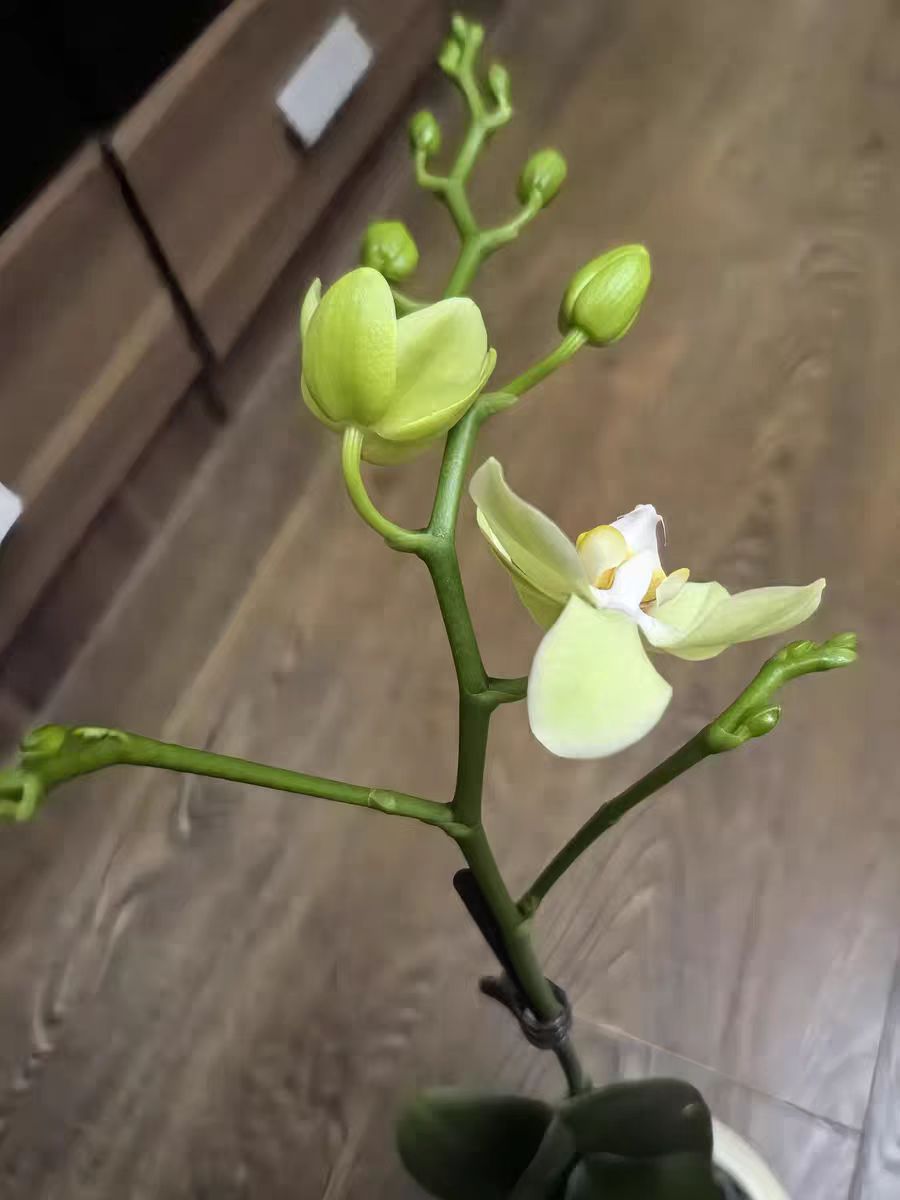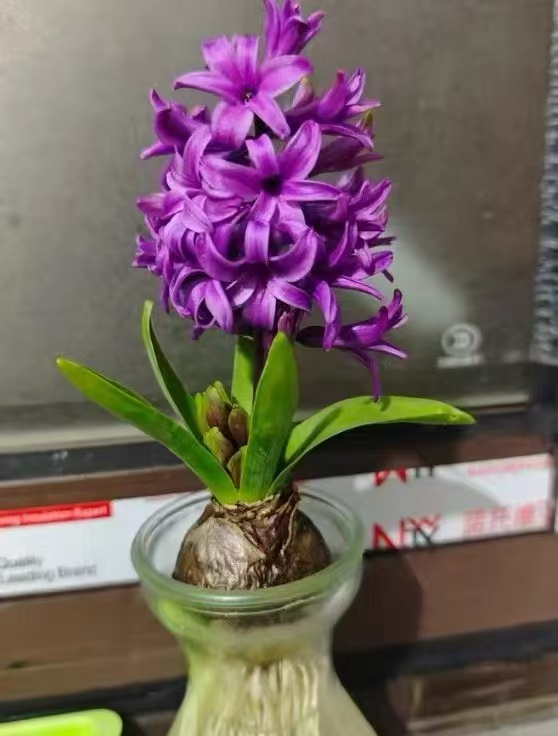Calla lily is a perennial sturdy herbaceous plant of the genus Calla in the Araceae family. It is native to southern Africa and likes a warm, humid and sunny environment.
The calla lily is elegant and beautiful, with pure white flower buds like horse hooves and green leaves, and has a high ornamental value. Its common flower colors include white, pink, yellow, etc.
The flower language of calla lily is "loyalty and eternal unity".
The calla lily symbolizes happiness and purity and is often used in occasions such as weddings to bless the new couple with sweet love and a happy marriage. Different colors of calla lilies have different flower languages. For example, the flower language of white calla lily is "purity and happiness"; the flower language of red calla lily is "piety, eternal unity and good luck"; the flower language of pink calla lily is "love you for a lifetime".
The maintenance of calla lily requires attention to the following points:
Soil selection
Calla lilies like loose, fertile and well-drained soil. You can mix leaf mold, peat soil and perlite in a certain proportion to create a comfortable growth environment for it.
Light requirements
Calla lilies need sufficient scattered light, but cannot be directly exposed to strong sunlight, otherwise the leaves and flowers are easily sunburned. Placing it by a bright indoor window or a shaded balcony is a good choice.
Temperature control
The suitable growth temperature for it is between 15 - 25°C. When the temperature is high in summer, pay attention to cooling and ventilation for it; when the temperature is lower than 10°C in winter, it should be moved to a warm indoor in time to avoid frostbite.
Watering points
Calla lilies like a humid environment, but excessive watering should be avoided to prevent root rot. Observe the soil surface and keep it slightly moist. In summer, the water evaporates quickly, and the watering frequency should be increased; in winter, the watering should be appropriately reduced.
Fertilization skills
During the growth period, apply a thin liquid fertilizer about every two weeks. You can choose fertilizers with higher phosphorus and potassium elements to promote flower bud differentiation and flower growth.
Precautions
1. The tubers of calla lilies are poisonous. Avoid accidental ingestion during the maintenance process.
2. When pruning, pay attention to using clean and sharp scissors to avoid infection with germs.
3. Regularly check the leaves and flowers to prevent pests and diseases in time.
4. Be careful when changing the pot to avoid damaging the root system.
Care for the calla lily with your heart, and it will repay your efforts with beautiful flowers. Let the calla lily bloom charming brilliance in your home!
The breeding methods and precautions of potted calla lilies

Share with
Tagged in :




Leave a Reply